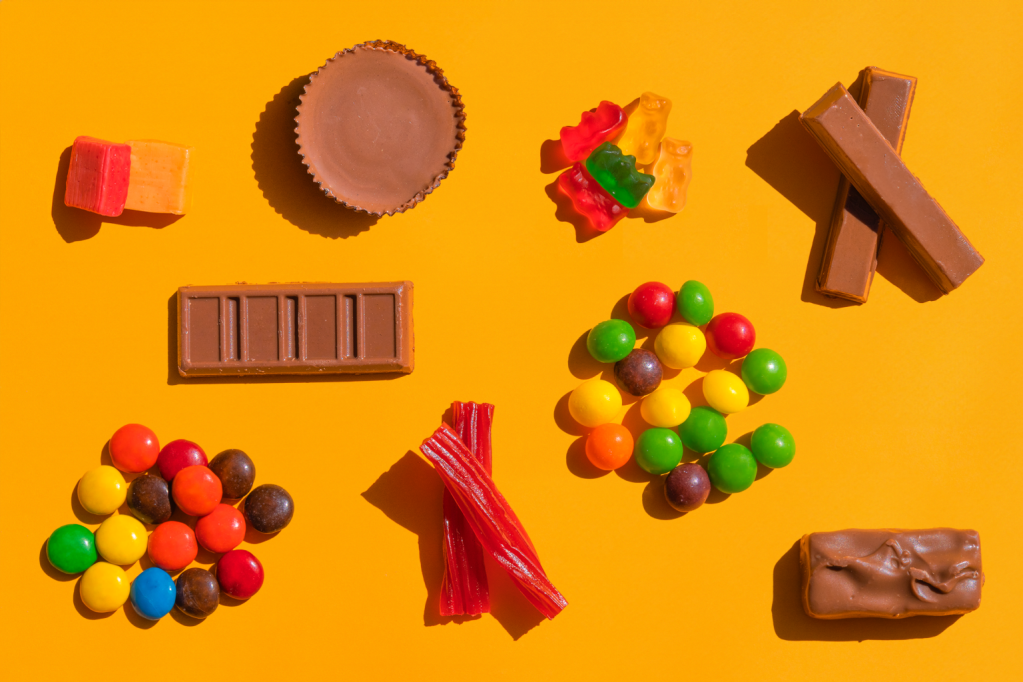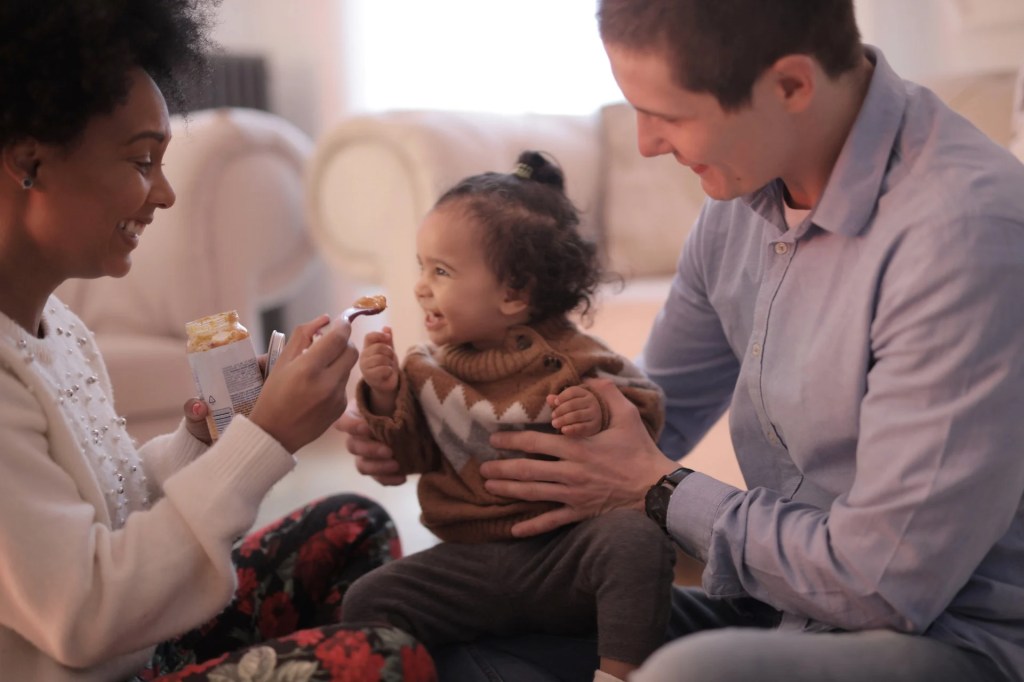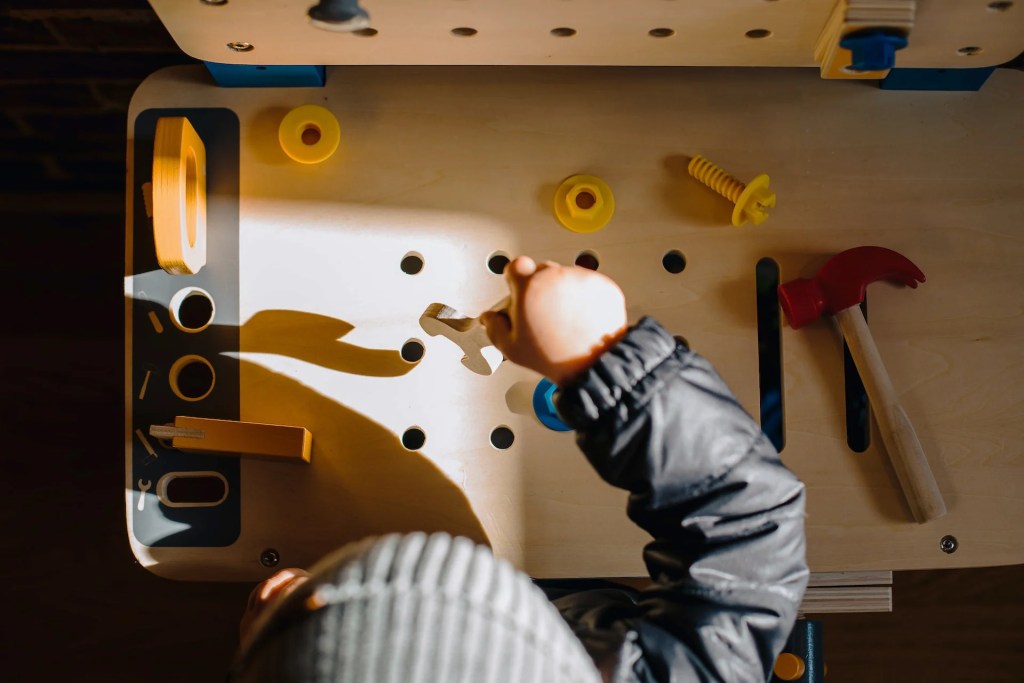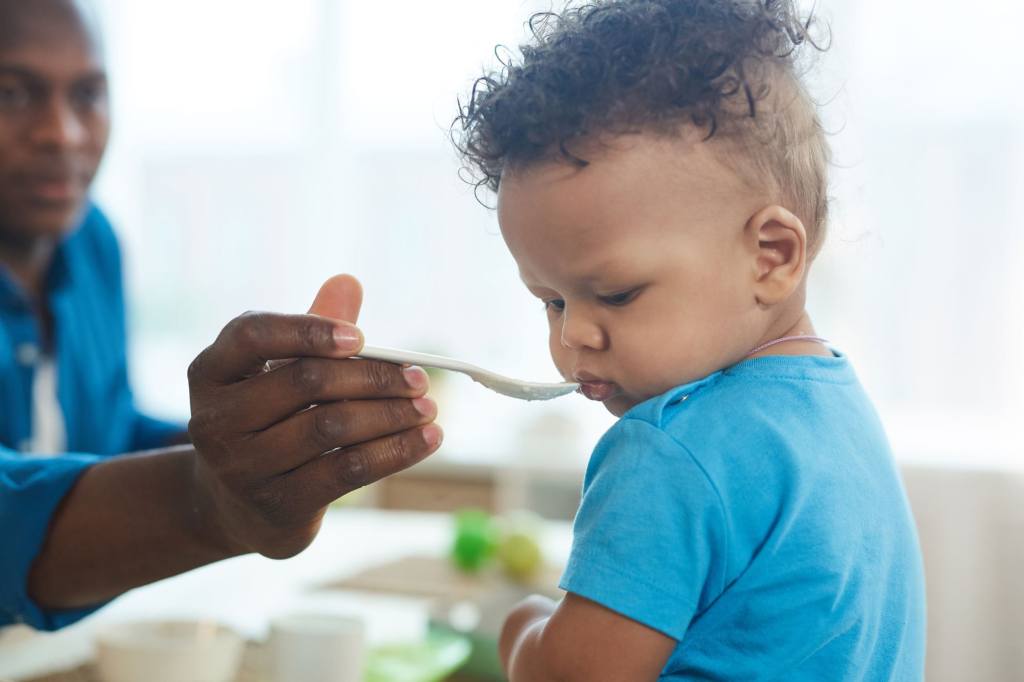Here’s What You Need To Know:
- Both white and brown rice are high in toxic heavy metals
- Quinoa is gluten-free
- Quinoa is a complete protein that is high in manganese, folate, and phosphorus
- Quinoa aids in digestion, promotes skin health, and builds strong bones
Wave Bye-bye to Rice
A 2021 congressional report outlined that rice is incredibly efficient at pulling heavy metals from soil. The report also outlined evidence of a pervasive problem of toxic heavy metals in baby foods. Studies conducted by Consumer Reports found that brown rice actually had 80% more arsenic than white rice. At Yumi, we banned rice in baby food from day one. Luckily, quinoa is an amazing rice alternative.
We’ve included quinoa in our jars because we think that its nutrient content is unparalleled. Below is the lowdown on why we love quinoa:
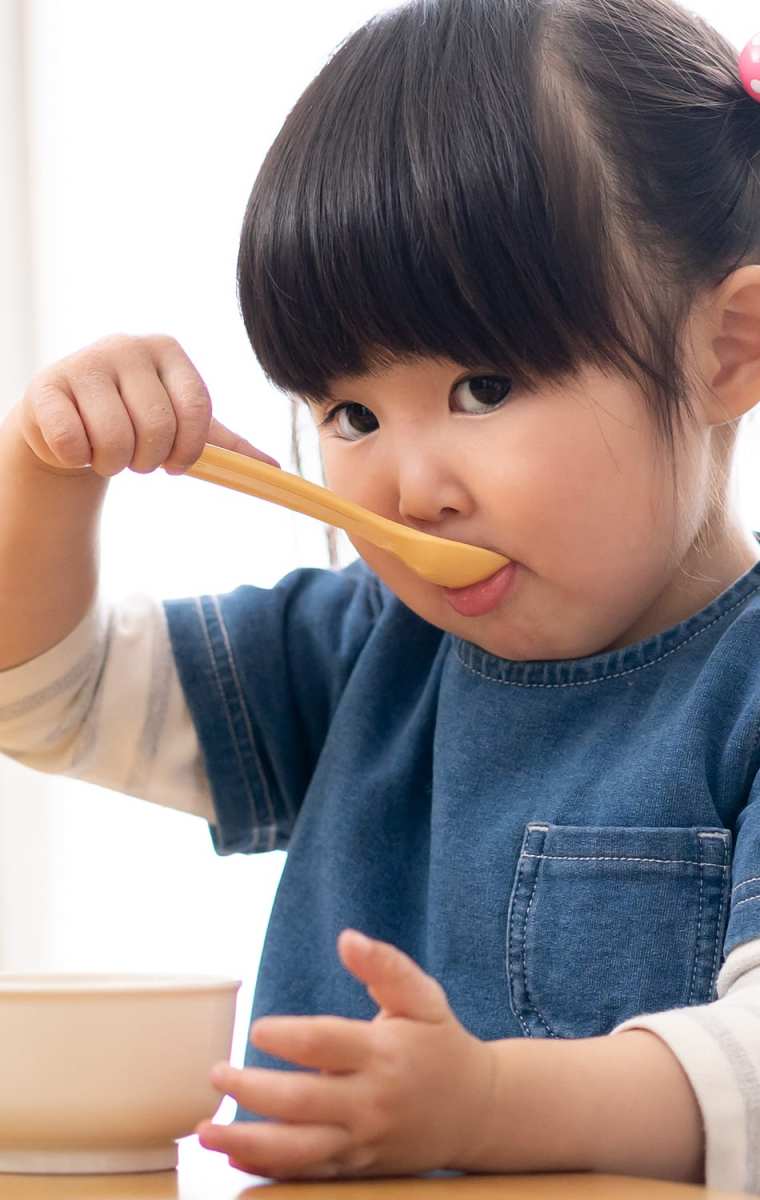
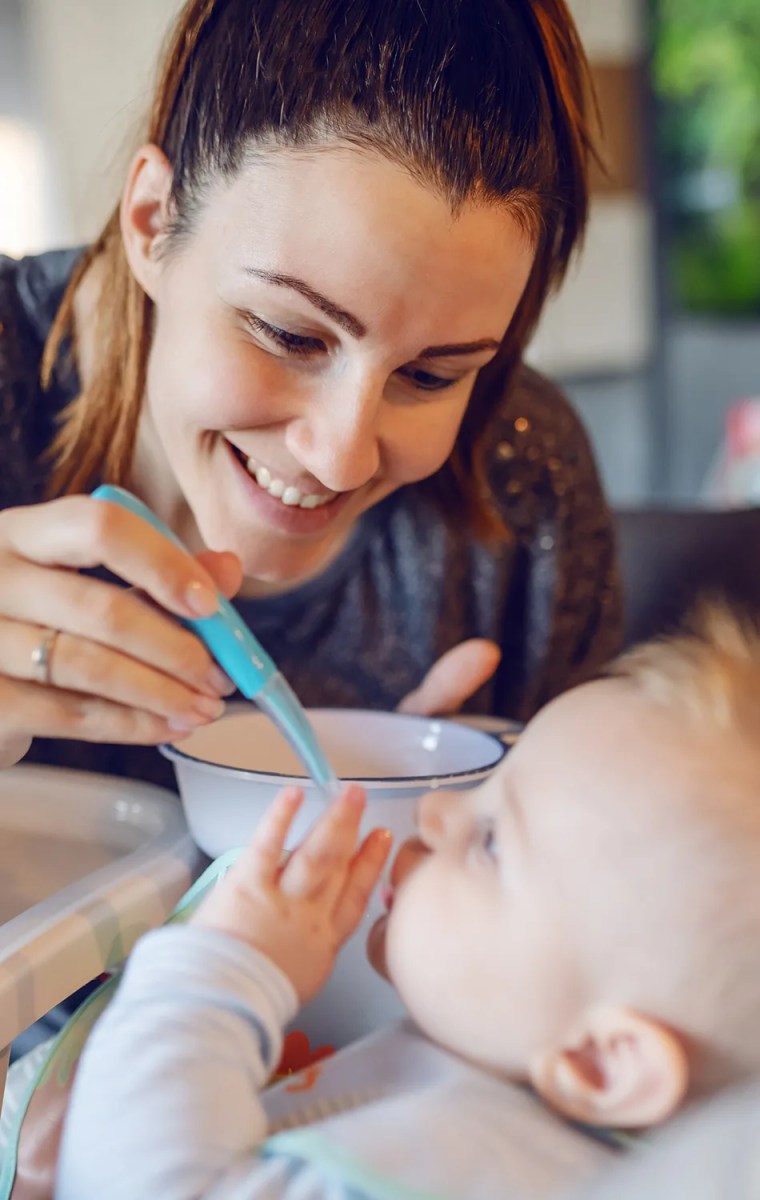
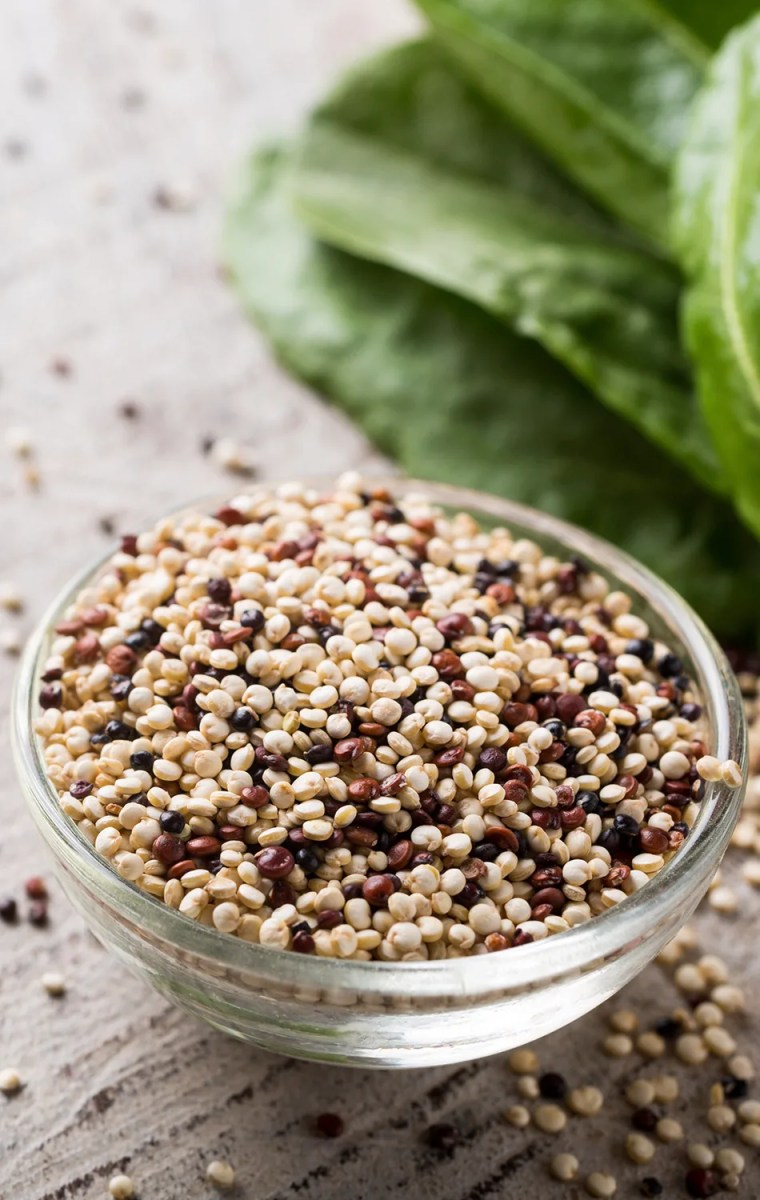
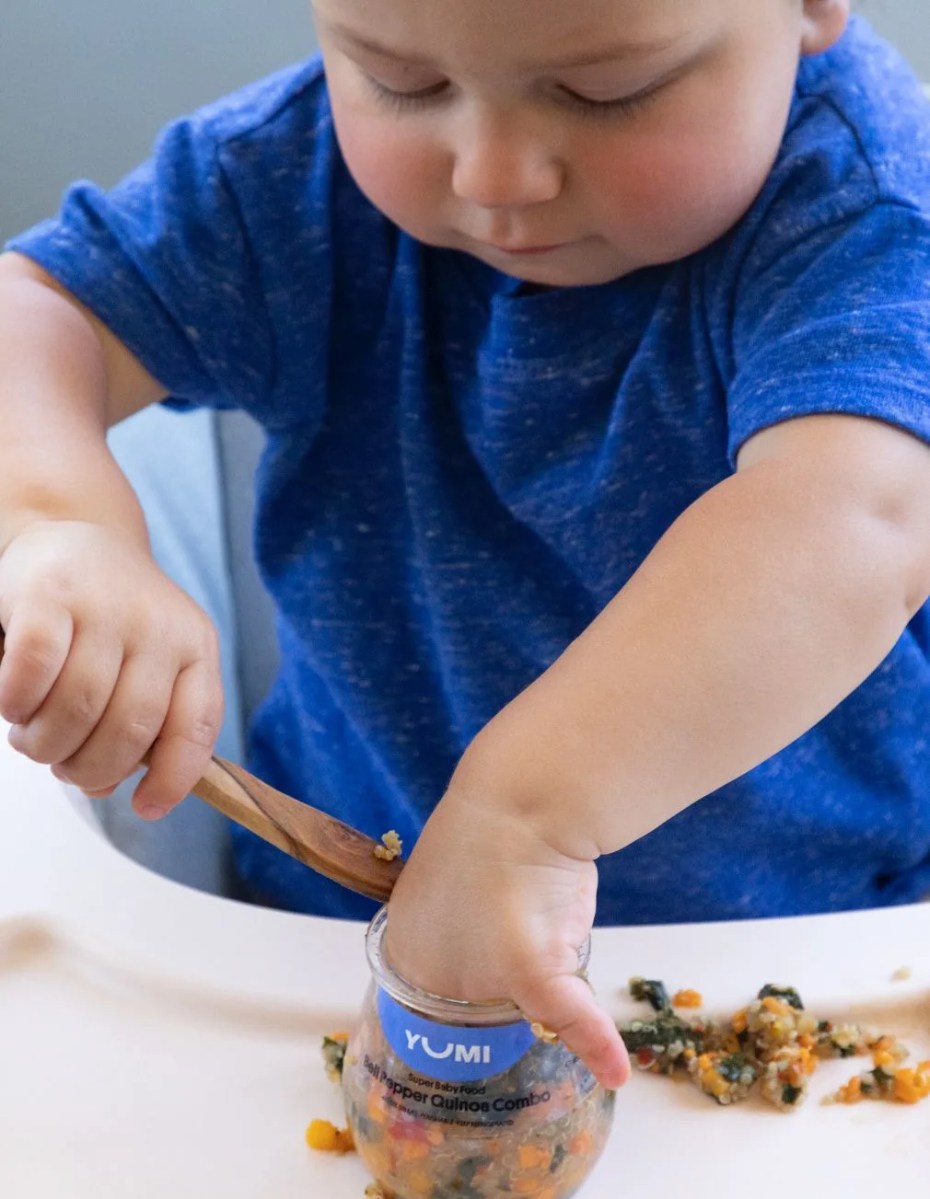
It’s a Complete Protein
1 cup of cooked quinoa contains 8 grams of protein. Quinoa’s protein complex includes all 20 amino acids that our body needs. This includes the 9 amino acids that are essential, meaning that our body can’t produce them on their own and therefore we must consume them in food.
It Improves Digestion
Just one ounce of quinoa contains almost 25% of an infant’s daily phosphorus intake, which can help facilitate healthy digestion in the body. Phosphorus works with many B vitamins to improve digestion and promote more regular and healthy BMs.
It Keeps Skin Glowing
Quinoa is chock-full of folate, which is great for skin health. Baby skin is extremely sensitive to dyes, detergent, pollen, and just about everything – which means they can use all the skincare they can get.
It Builds Strong Bones
One ounce of quinoa contains 1/3 of an infant’s daily manganese intake. Manganese works together with other minerals, such as calcium, zinc and copper, to build stronger, healthier bones.
When can my baby start eating quinoa?
Babies can be introduced to quinoa as early as 6-8 months. Once they have begun nibbling on whole foods such as sliced strawberries, bananas, and steamed veggies, they can be introduced to it.
My baby doesn’t seem to like quinoa. What should I do?
There’s no denying that the texture may be unfamiliar to a baby at first. As with all new flavors and textures, you’re bound to get some funny faces, light gagging, and overall “guys-what is this?!” looks. Just keep trying! If your baby really doesn’t seem to like it, you can try freezing your blends with quinoa in them until you think you’re ready. Trust us, you don’t want to miss out on the nutritive benefits of quinoa, so it’s worth trying again in a week or so.
Can my baby choke on quinoa?
Don’t worry— quinoa is a grain that’s even smaller than rice, meaning that your baby won’t be able to choke on it. Before serving anything with quinoa, make sure that it’s properly mixed, to prevent any large clumping. Of course, as with many new textures, slight gagging may occur, however, choking won’t. So don’t worry! You got this.
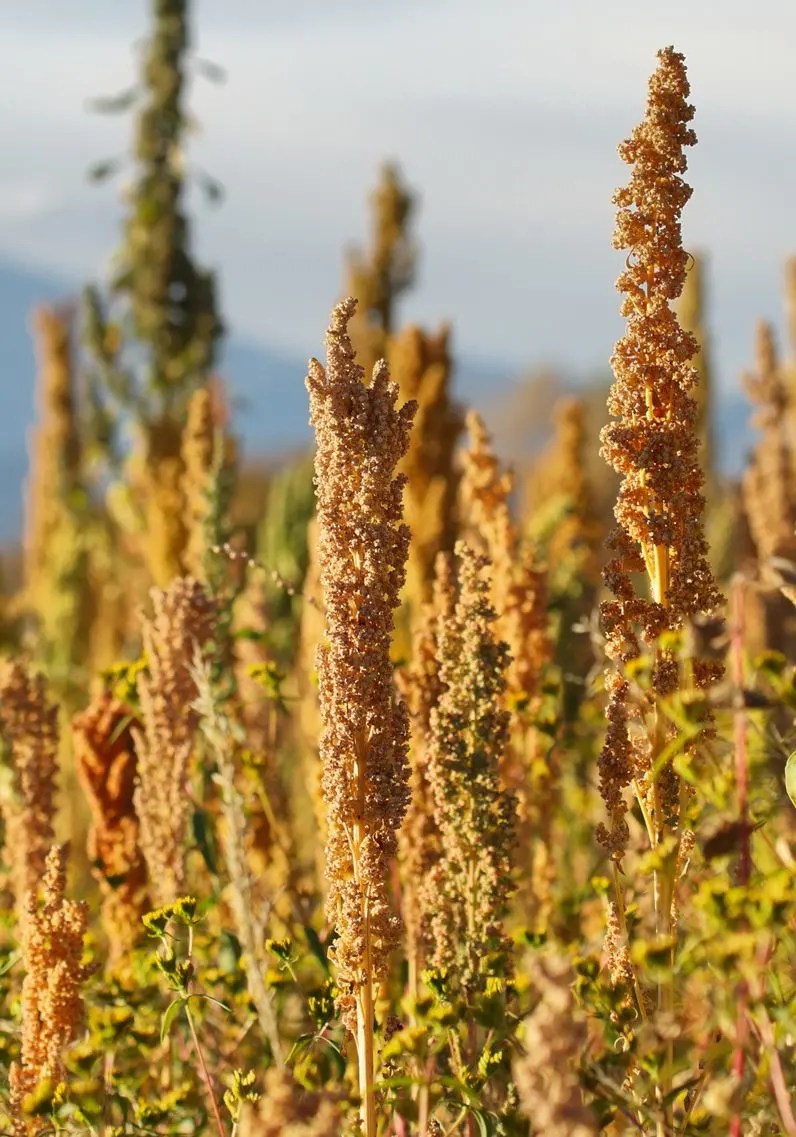
Summary
Studies show that babies are highly susceptible to all of the free radicals generated by heavy metal toxins. It’s almost impossible to avoid heavy metals all together as they enter groundwater through soil contamination of underground aquifers.
However, making little changes (like switching to quinoa from rice) can make a huge difference.



